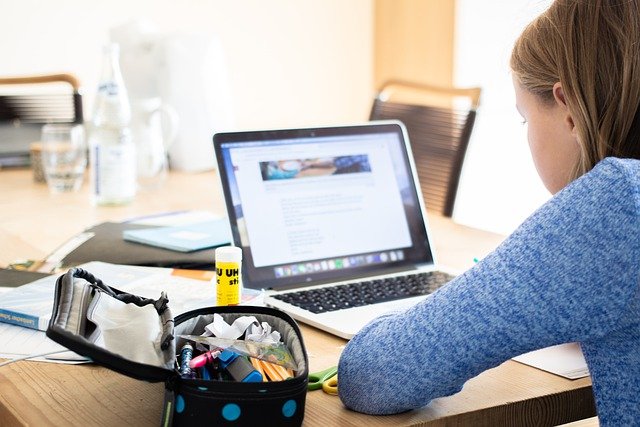Sign up for our daily edtech news briefing today, free.
I’m assistant principal at a high school and my responsibility to my students goes beyond academics. As a lifetime sufferer of anxiety and depression, I can tell you that these conditions never really go away; it’s all about management. With 70% of adolescents citing anxiety and depression as their most pressing concerns — higher than bullying or fear of school violence — it’s clear that these are very poignant topics for today’s youth.
Knowing this, it’s extremely important that we, as educators, listen to students and then make strides forward to support them. We also have to take care of ourselves in a world where millions of adults are impacted by anxiety disorders. Much like we’re instructed to don our own oxygen mask before helping others when flying, we can best help others when we care for our own mental health needs.
Here are six steps you can take to help manage the impacts of anxiety and depression for your students, teachers, administrators and yourself:
Set small, attainable goals
We’re living in a world where we’re almost encouraged to bite off more than we can chew. It’s just the nature of the beast, but it doesn’t mean we have to give in to this siren’s call. As an assistant principal, author, speaker, and mother, looking at my huge to-do list is sometimes so difficult that it can push me into a panic attack. To avoid this, I pick one or two small, attainable tasks and work to get them done. Once I’ve broken the ice and finished a couple of things, the list starts to look much less intimidating.
Use technology to your advantage
As educators and administrators, we all want to help empower students to live their best lives. Technology is helping accomplish this goal, with student safety platforms such as Gaggle giving us the clues and insight we need to be able to identify issues students are facing and intervene as needed. Using the platform, we can track specific keywords (e.g., those related to self-harm) contextually and then immediately reach the student and provide the necessary help.
Establish a routine
As human beings, we love routines and tend to do well with them. In fact, I’m so wed to my routine that people have made fun of me for it. My therapist likes to joke with me that when we first started working together, it was nearly impossible to pick a time that worked because my entire day was filled out ahead of time. I’ve gotten better with that over time, but I still enjoy my routine. It gives me a sense of control in knowing that I’ll be eating breakfast, working out, going to work, and picking my kids up at a certain time every day. This sets my anxiety at ease because I know what to expect.
Find creative outlets
An anxious mind is constantly thinking, and if you can channel that into a creative project or some other constructive activity, then you can assuage the “what-if” scenarios and begin to ease your mind. For example, I love the work that I do as a speaker and an author because so much of it is very creative. I love playing with LEGOs and coloring with my kids, for example, and I even have my own adult coloring books. That creativity really fuels me and calms my anxiety.
Get physical
Because the body and the mind are interconnected, any time you can prioritize moving, you release serotonin that makes you feel better. It doesn’t have to be extreme; it can be as simple as taking a walk at lunchtime or doing a few yoga stretches before bed. This not only keeps you busy, but it also distracts your mind, improves your mood, and helps you sleep better.
Be a part of something bigger
Join a neighborhood group, volunteer at a food bank, or sign up for a 5K race in your community. My nonprofit organization is actually a coping strategy for me when I sit down and start doing work for the group. It really helps relieve my anxiety because I’m doing something that’s “bigger” than myself.
If someone is really suffering or struggling, your first instinct may be to help drive the anxiety away when what that person may really need is one or more of the strategies or distraction techniques listed above. These strategies may not be groundbreaking, but they can all be done in the heat of the moment. Through effective management, we can help ourselves and others work through the issues and come out strong, confident and ready to effectively tackle the next challenge that’s put in front of us.
Christine Ravesi-Weinstein is assistant principal at Milford High School in Milford, Mass., and author of the book Anxious: Advocating for Students with Anxiety, Because What if it Turns Out Right? Her school uses the Gaggle students safety platform.
_____________________________________________________
Like this article? Sign up for our Edtech news briefing to get news like this in your inbox, or check out all of SmartBrief’s education newsletters, covering career and technical education, educational leadership, math education and more.
More from SmartBrief Education:
- Free resources for educators during the coronavirus pandemic
- Distance learning while respecting students’ home lives
- 8 ways to make vocabulary instruction more effective
